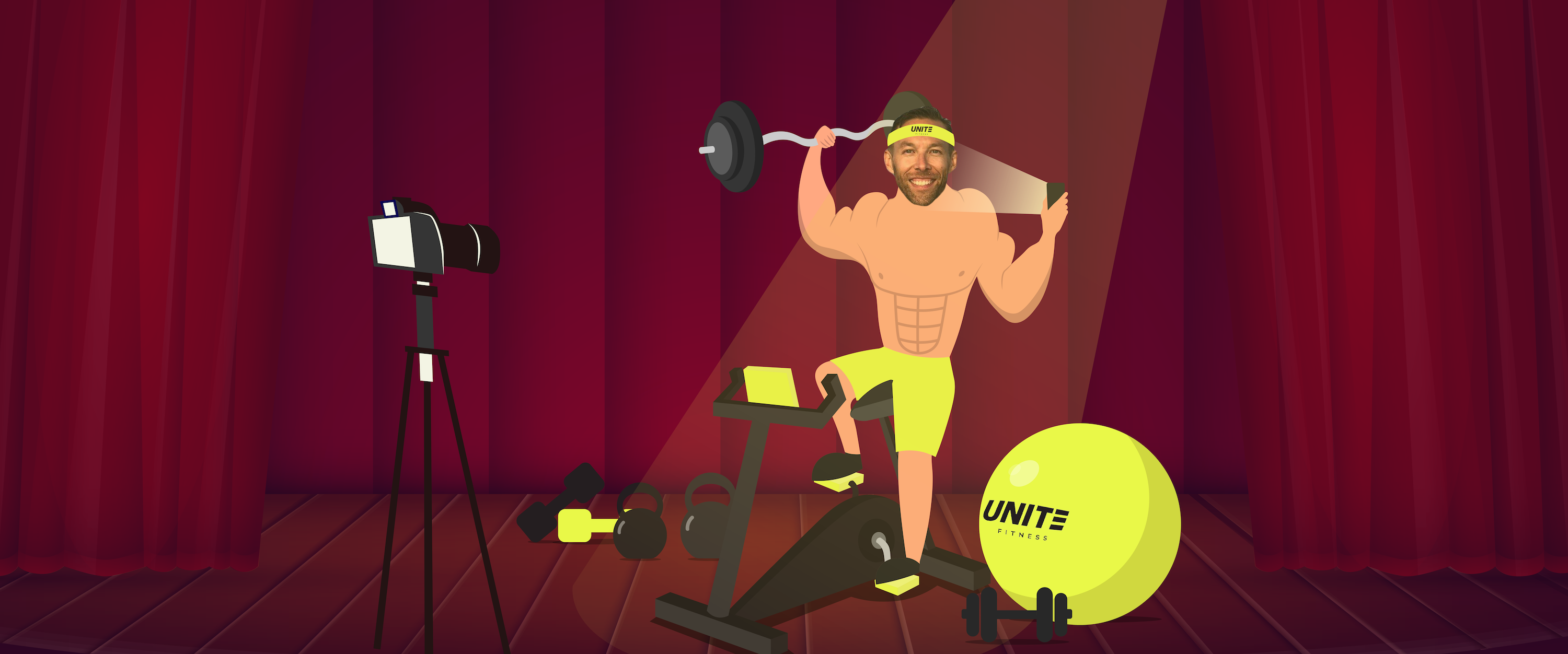Hello again from ChatterBlast’s Creative Director Matthew Ray! I’m thrilled to continue our 2021 post-pandemic blog series featuring some of Philadelphia’s most forward-thinking leaders. In case you missed last week’s dive into the future of fashion with Kristin Detterline, check it out here. This week we’re taking a look at the future of fitness studios and gyms with one of my oldest pals, Gavin McKay, founder of Unite Fitness.
When I told my father I was starting a fitness studio company 14 years ago, he was somewhat taken aback. He thought that after traveling the world and finding myself, I would do something to help people and the world like join the Peace Corps—not open a gym. He didn’t get it. He and much of his Baby Boomer generation saw fitness as vanity since they only knew of brands like Gold’s Gym showing off the body builder approach.
But the fitness world has changed greatly over the years—and the coronavirus-induced quarantine has crystallized fitness as an essential service. The closing of gyms has quickly made people realize that group fitness is as much about mental health and socializing as it is about physical health. My dad gets it now.
The lockdown has ushered in a sea of choices to the fitness streaming marketplace. Many companies and wannabe fitness gurus will fail in their attempts to become the next Tony Horton or Richard Simmons, but within five years, there will be a program and instructor for every age, fitness level, taste, and price point—all available to stream instantly.
Grandma will get her dance aerobics from the “Solid Gold” reboot complete with Dick Clark hosting from his new robot body. Fathers dealing with their midlife crises will have their “Diesel with Vin Diesel” show full of sports cars and gorgeous ladies. The Teletubbies will have released their toddler workout show “Roller Biscuits.”
Soon the blending of fitness and entertainment will be complete! Welcome to the era of Fittertainment. The focus on results for the target market will be a draw, but it’s really become more about engagement and keeping people interested. This means more production value, more celebs and more lifestyle elements that aren’t just pure workout videos.
Remember when Rachael Ray just cooked and Ellen just did stand up? Now fitness will get its own talk shows grounded in workouts. It’s no longer just about being like them—it’s about being with them on demand at any time. Celebrity culture goes even deeper: workout like them, eat like them, dress like them, do anything like them. I remember some friends telling me during the pandemic that they watched Unite’s streaming workouts as softcore fitness porn.
Before the pandemic, it was mainly the wealthy or true fitness fanatics that built fitness rooms (NOTE: we don’t say gyms anymore, that is so Gen X) into their homes. Now it’s a staple of suburban basements or backyard fitness caves. We all know sticking a bike or weights in the corner of your living room is not motivating or chic. In the near future, fitness rooms will be just as common as your laundry room, ranging from chill mood rooms for meditation and yoga to heavy duty rubber floored rooms for weightlifting. They will all include a big screen TV wall (they are only $200 y’all) ready to pull up your personal trainer at the touch of a button.
What isn’t as obvious is that while streaming workouts will expand and combine with entertainment, society’s migration towards fitness studios will accelerate and broaden rather than shrink. Like the streaming workouts and Fittertainment shows, there will be fitness studios for everyone instead of just young professionals and suburban moms. Training at home will happen more because of its convenience, but it will remain complimentary to studios.
Studios provide the best fitness experience anywhere, with priceless in-person human interaction—and nobody turns away from the best. Even when virtual reality kicks into full gear, (and I already went to the first VR fitness studio in San Francisco) fitness requires too much real-world movement, equipment and spatial awareness to feel as good in VR. During the coronavirus outbreak, even the non-fitness goers were forced to taste fitness studio workouts and our motivating group instructors.
It’s like fashion: Before Lululemon, we bought Old Navy mesh shorts and basic Nike Dri-FIT. Now we buy deliciously fitting athleisure that makes us look and feel amazing. Do you want to go back to pre-Lululemon? I mean, really?
My final prediction is that fitness studios become so addictive that the World Health Organization lists them as a Class A drug in 2030.
ICYMI, enter your email address below to check out ChatterBlast’s fitness-focused whitepaper full of actionable insights below.
[dlm_email_lock id=”11725″]



